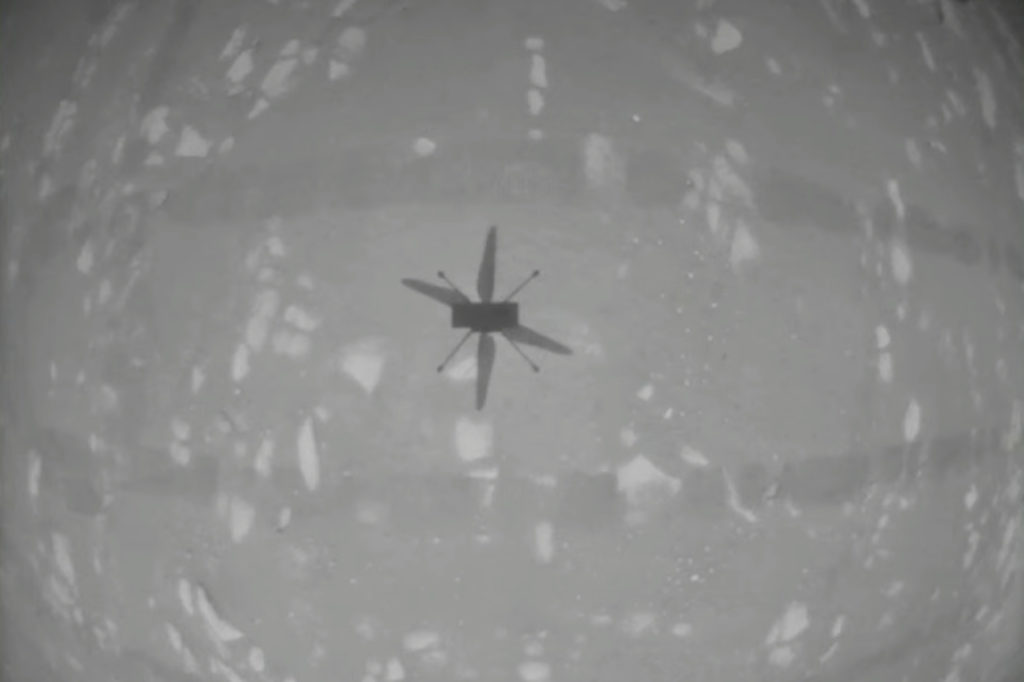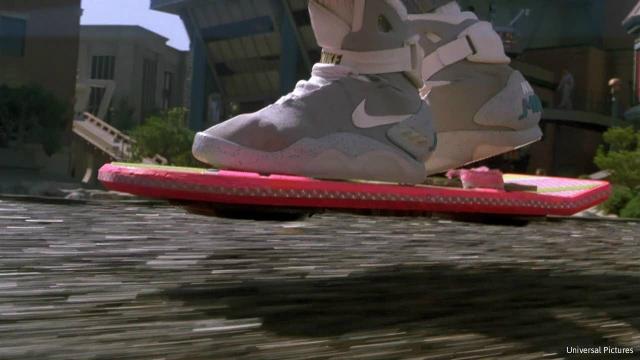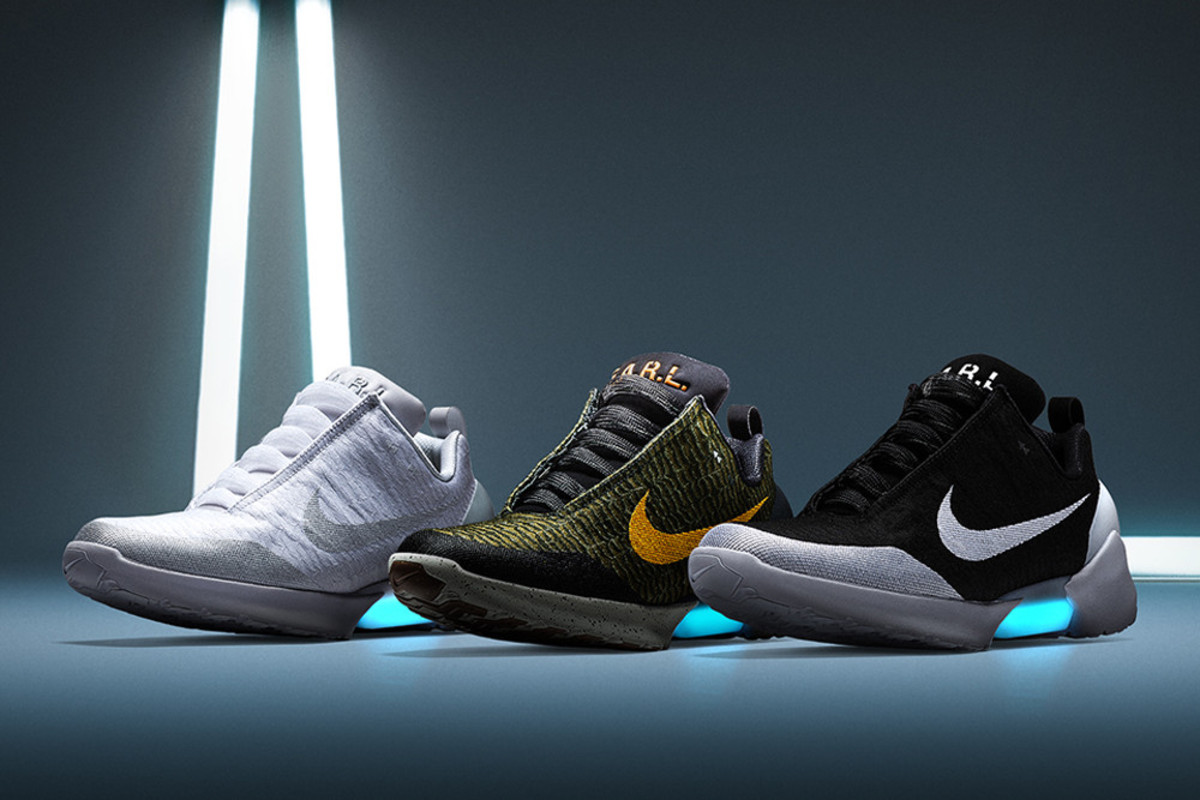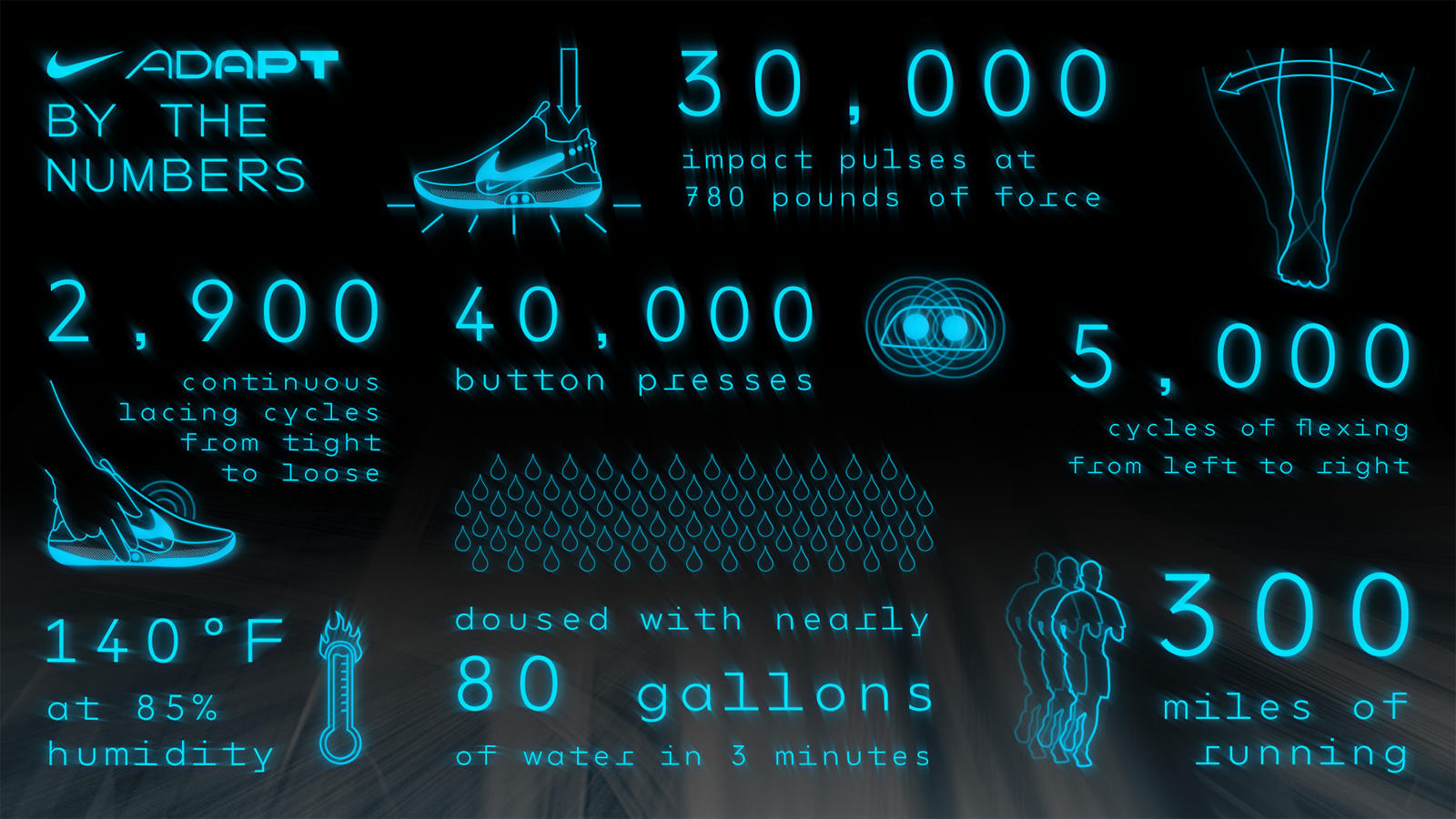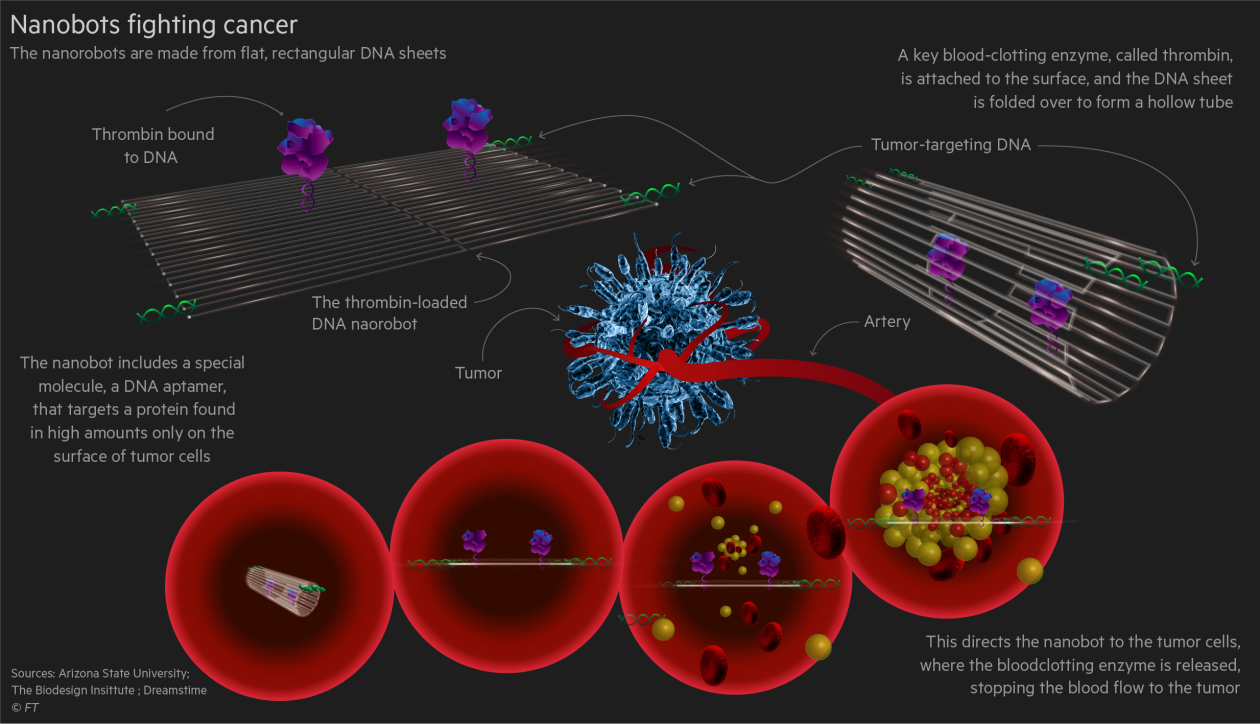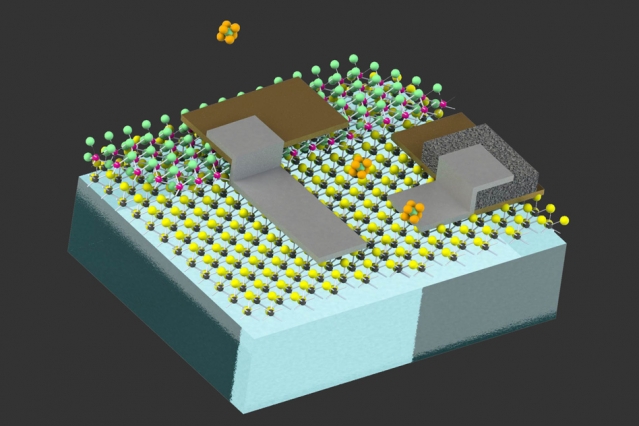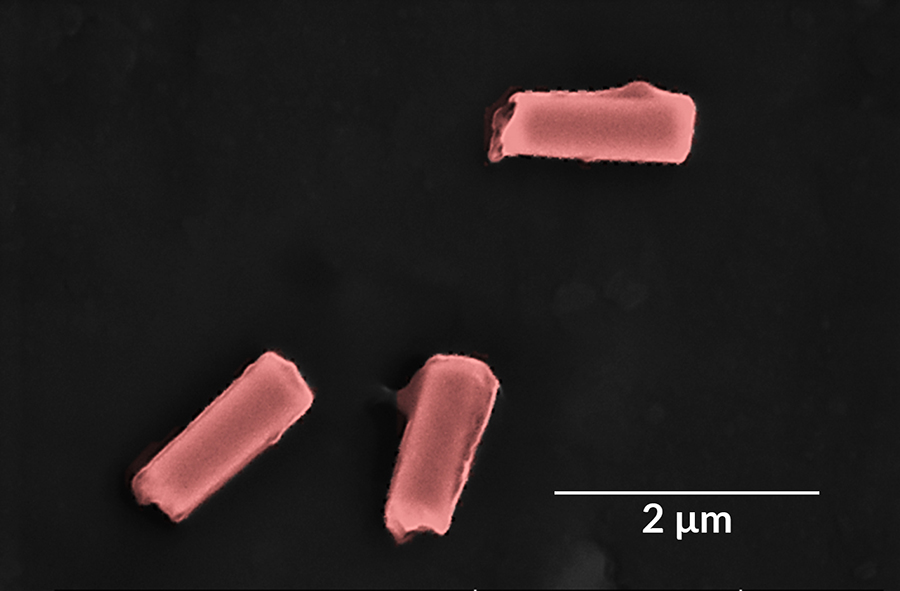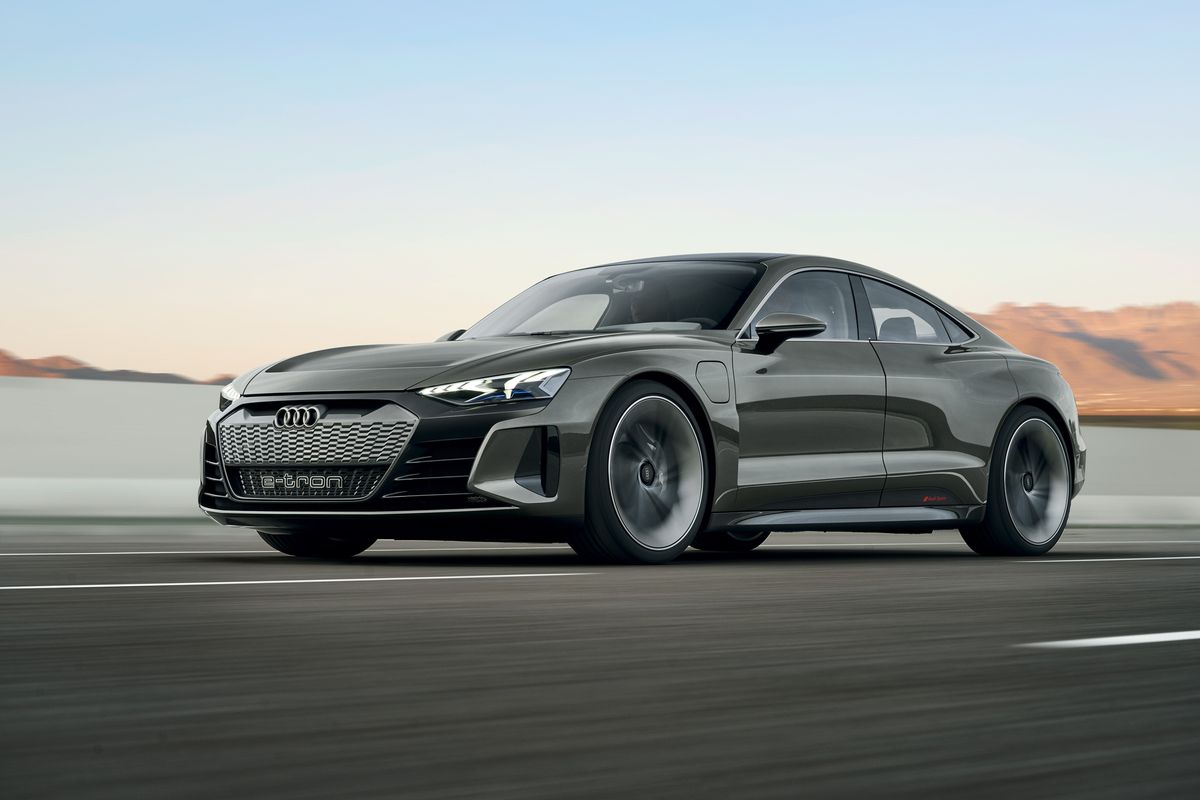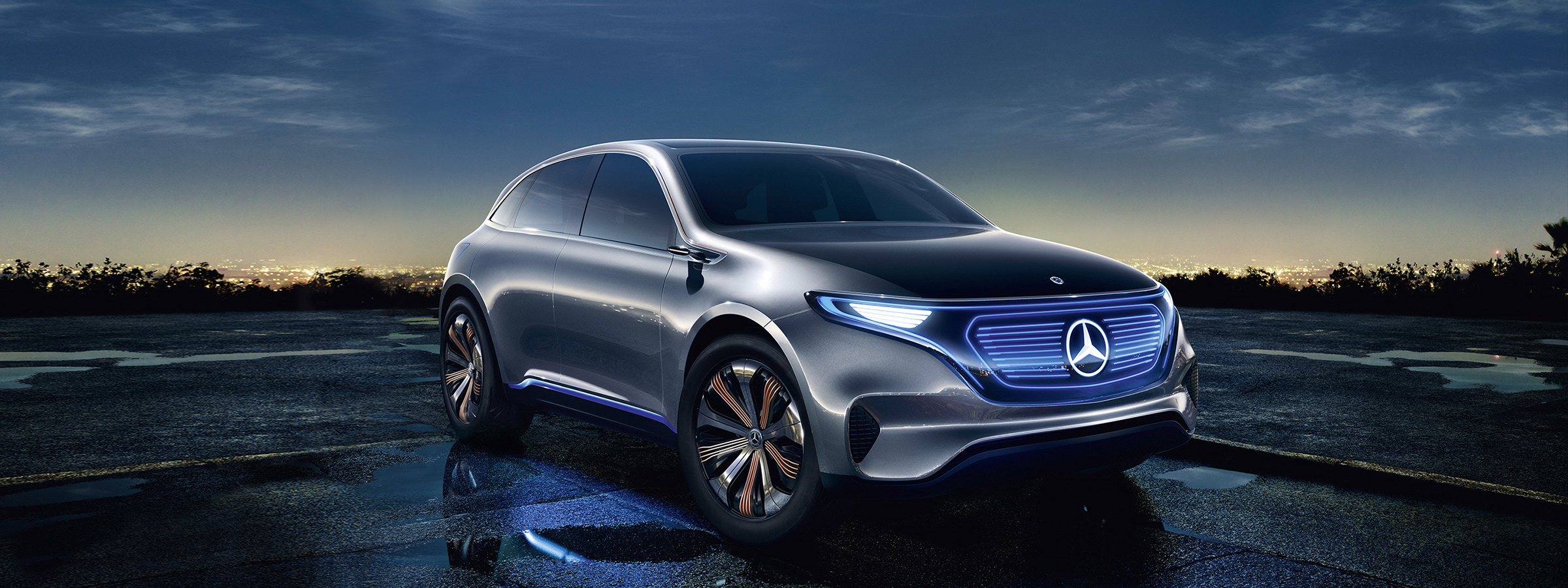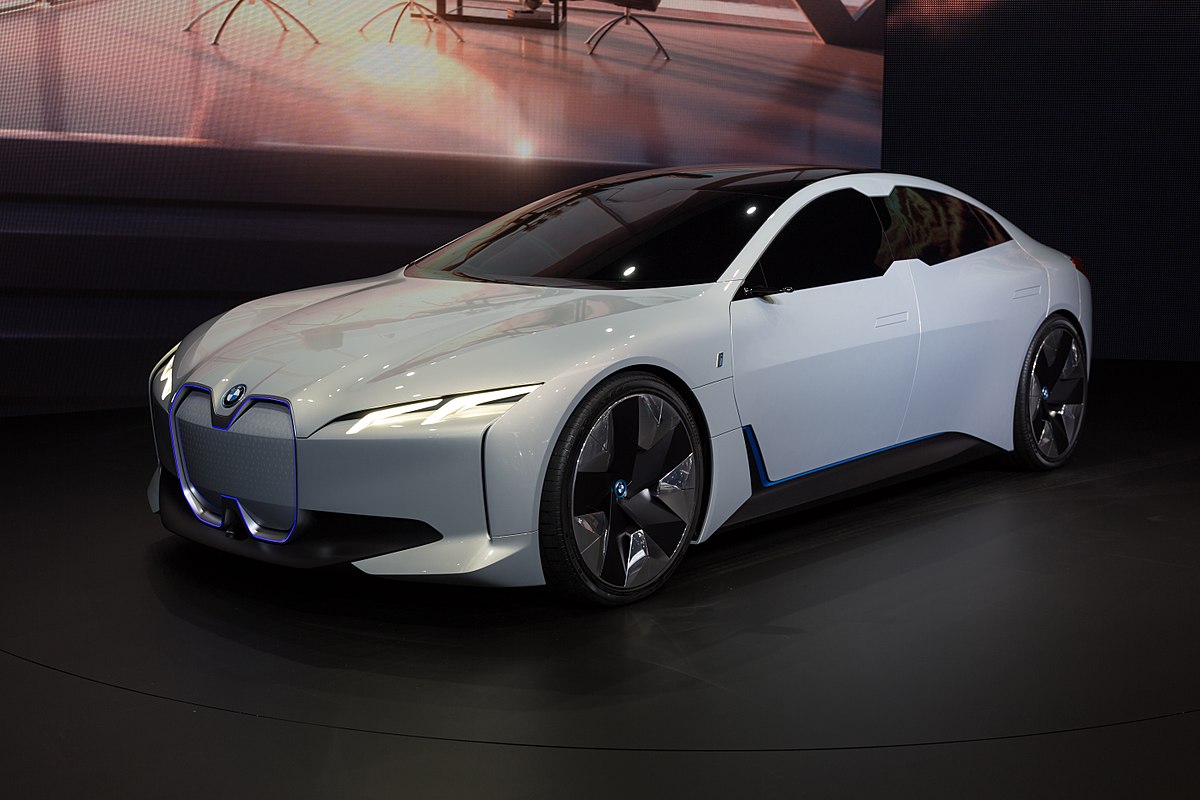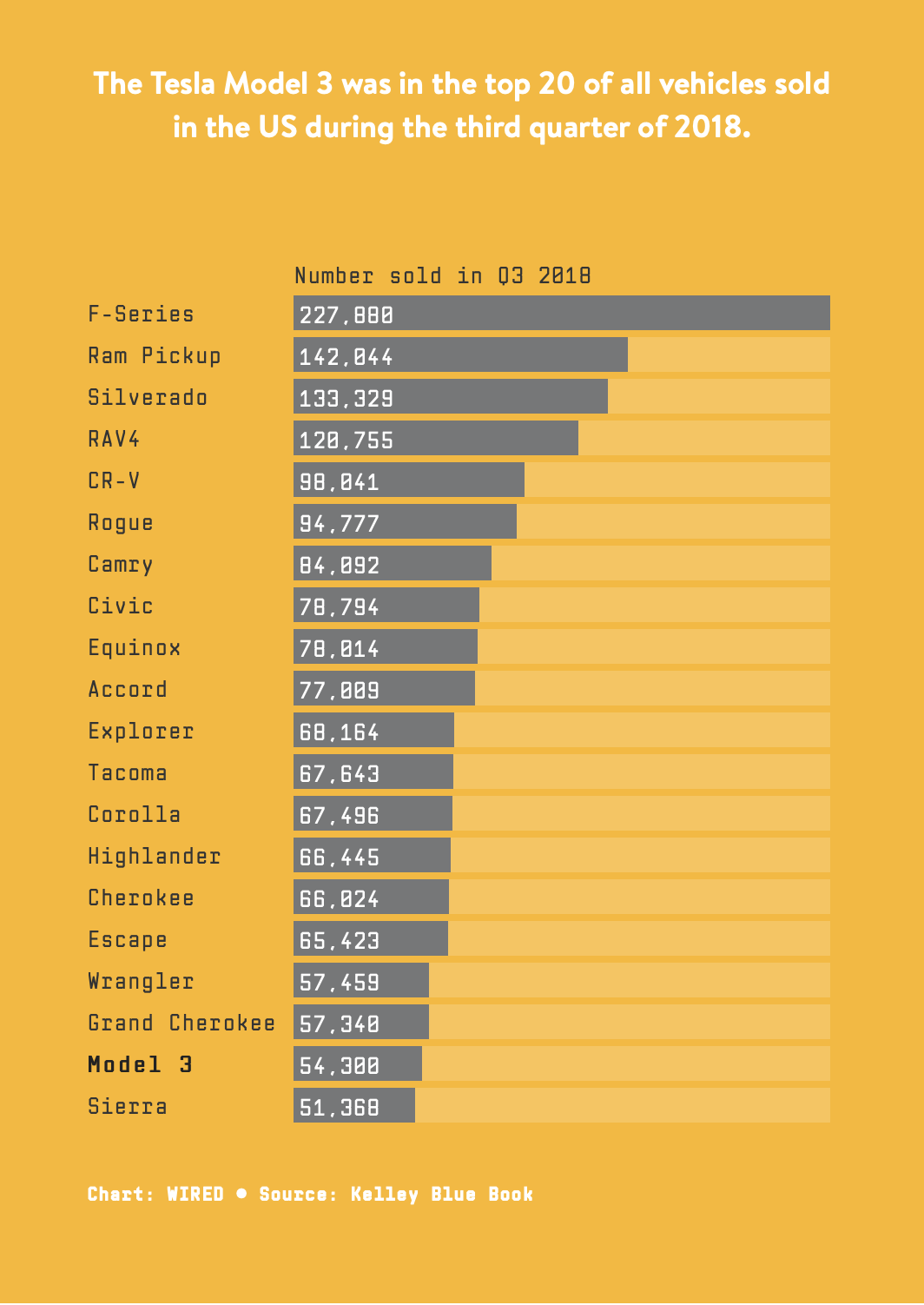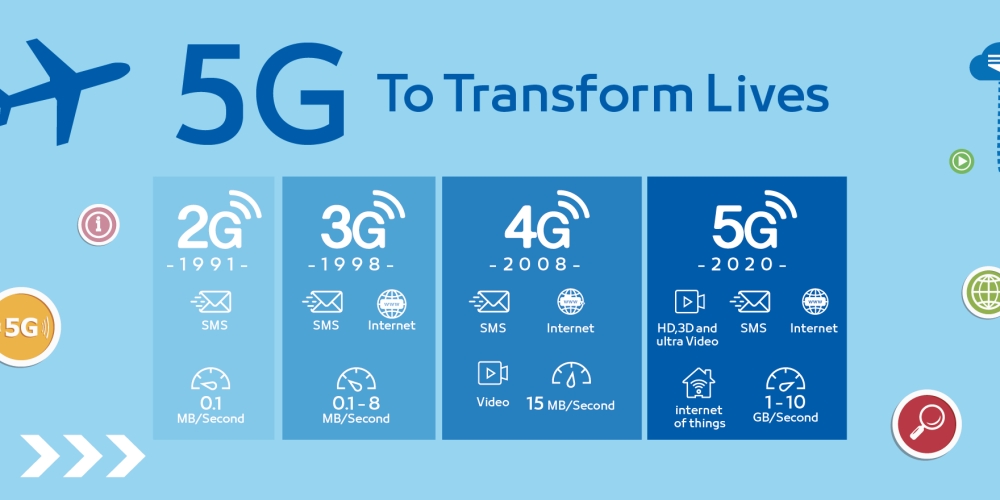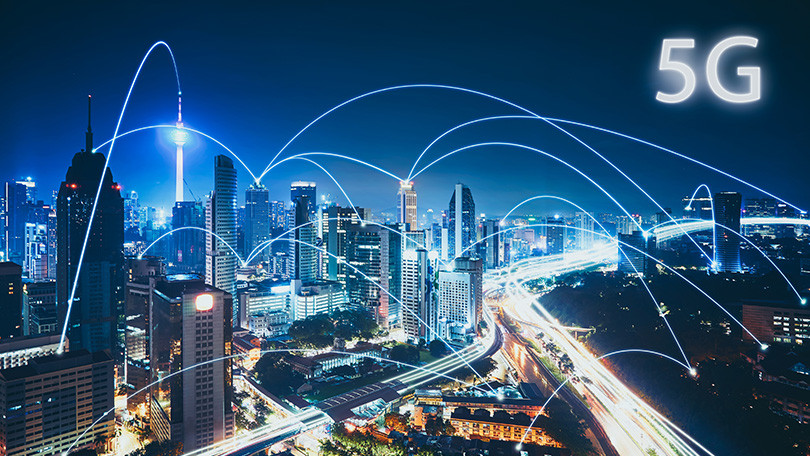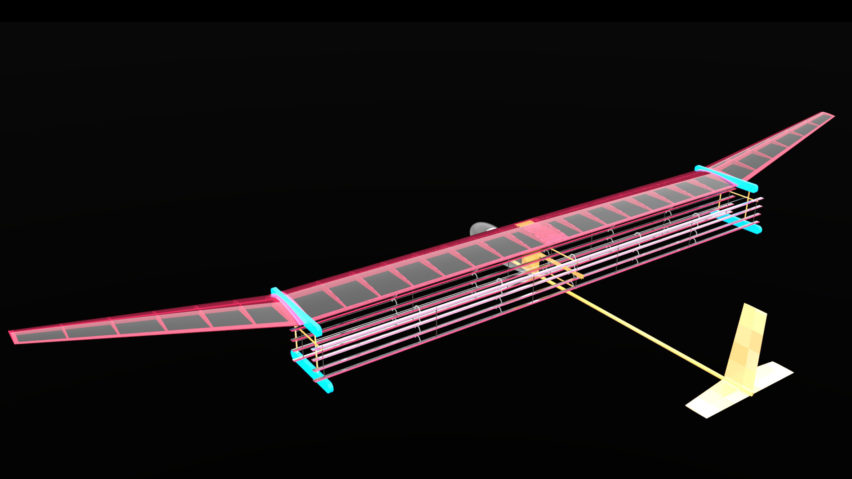Apple did not disappoint, at least with their online event production quality. If you are interested in cinematography, hosting online events, media production or anything else connected to that, I highly recommend rewatching the event yourself, because the production quality is actually insane and it is just a joy to watch.
But let’s move to actual news and products announced during the event. The event started off with the quickest announcement. It was quick, because there wasn’t much to be said, really. Apple has announced a new iPhone 12 colour – Purple. I actually have to give it to them that its a really nice purple, and they have matched the aluminium sides to the body colour pretty well. It obviously is a mid-cycle refresh (but I think its even a stretch to call it that), to remind the consumers about their latest iPhone and encourage them to buy it. It is also a rumour that it is a tribute to Steve Jobs himself, as we are approaching a decade since he has passed away in 2011, and purple was supposedly his favourite colour.
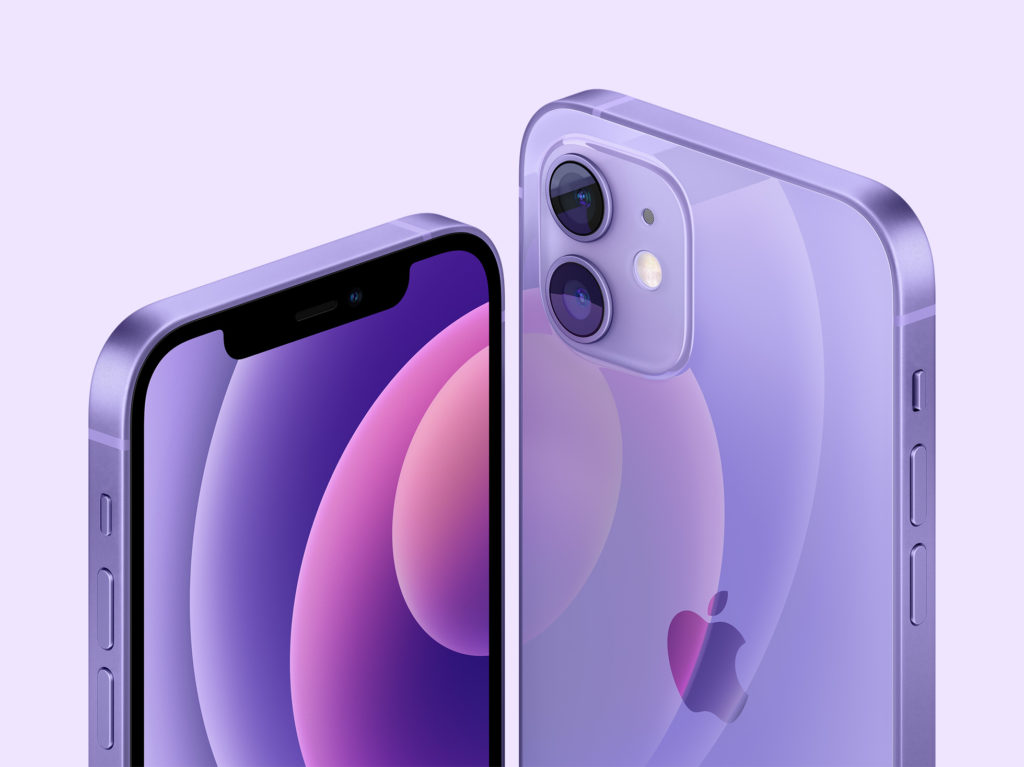
The next, and I think the most exciting thing that was announced during the event is called AirTag. It is a small device that should help you find personal belongings if you loose them, and of course if they had an AirTag attached. I think it is an extremely clever move from Apple, as there is no-one that can compete with them on the “tiles” market now. No-one on the market has the network of devices that could help you find your missing item. According to Apple that number is approaching one billion. AirTags utilise FindMy network, for an approximate location, and their U1 chip for precise location. The later feature can be used by iPhone 11 and 12 users. If you don’t have the latest and greatest iPhones you can ping your AirTag to make it play a sound to help you precisely localise it yourself.



Of course AirTags are customisable – you can engrave text or choose one from 31 emojis. In addition to that Apple would love to sell you their “loops” with which you can attach them to your priced items. If you decide to buy them from Apple I’d settle for the ones ranging from 29 to 39 USD instead of the ones from Hermes ranging from a whopping 299 to 449 USD. I think the price of these is ok as one AirTag costs 29 USD and a four pack of them is priced at 99 USD.

Another announcement that Apple made and which was actually quite expected was the new iMac. It is impressively thin at just 11mm. It features a 24 inch 4.5k Retina screen, and of course their latest and own M1 chip. In addition to that iMac finally features a FullHD 1080p camera better mic and speaker systems. It still comes with an audio jack but it had to be moved to the side because of how thin the iMac is. Another important feature that comes to iMac is TouchID. It comes on the new iMac keyboard and allows users to use it instead of typing their passwords every time, but also to quickly switch between users. The new iMac comes in 7 new and very controversial colours. I don’t like how they look but the cool thing is they closely resemble the colours form the old rainbow Apple logo.


Another expected item that was revealed was the new iPad Pro. It features 12.9-inch iPad Pro features a new Liquid Retina XDR display, 5G support, the M1 chip, up to 2TB of storage, and support for Thunderbolt and USB 4 via the USB-C port.
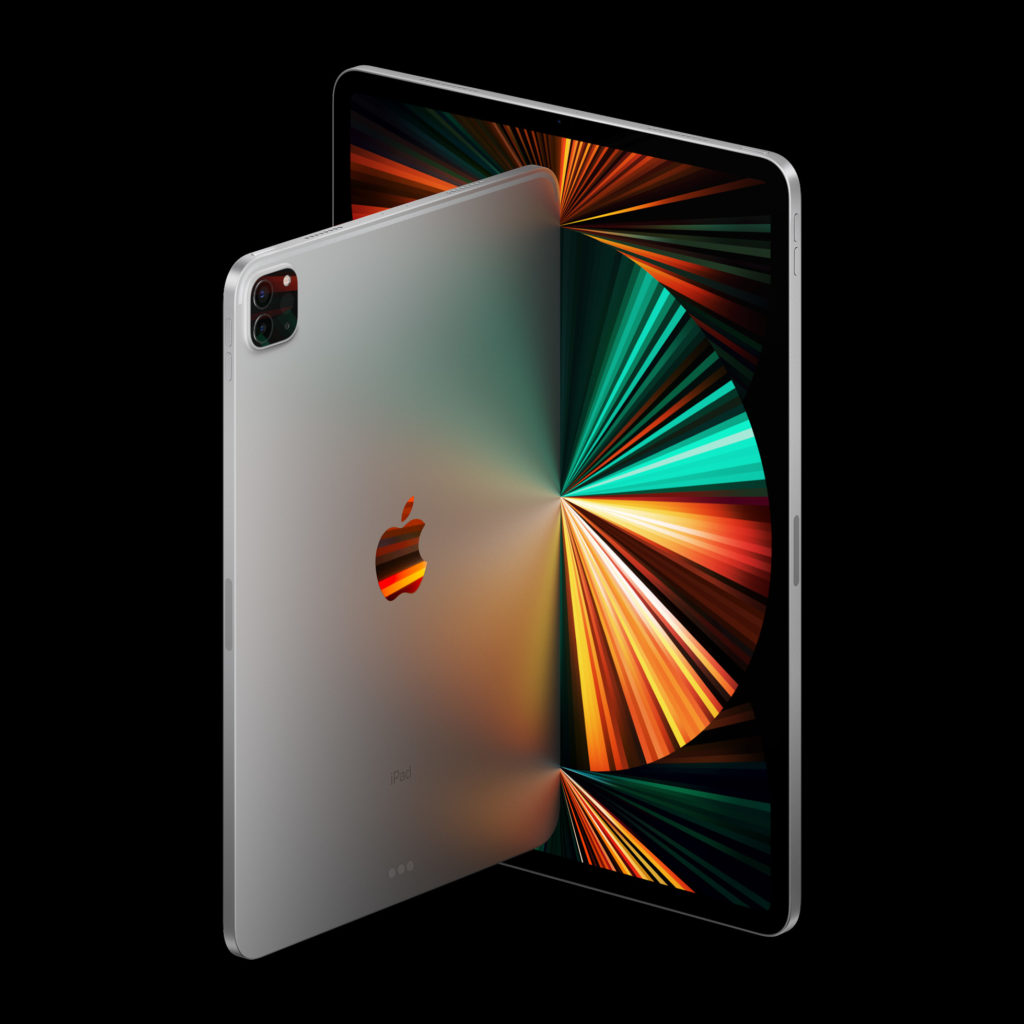
The last think, which actually was the first during the event, is their environmental impact. Apple claims that today they are 100% carbon neutral for their global corporate operation, with their offices, shops and data centres running on 100% renewable energy. They also pledge to be 100% carbon neutral by 2030 across their entire end-to-end footprint. This means Apple plans to have net zero climate impact across the entire business, which includes manufacturing supply chains and all product life cycles. It’s really cool to see the company taking ecology and privacy so seriously.
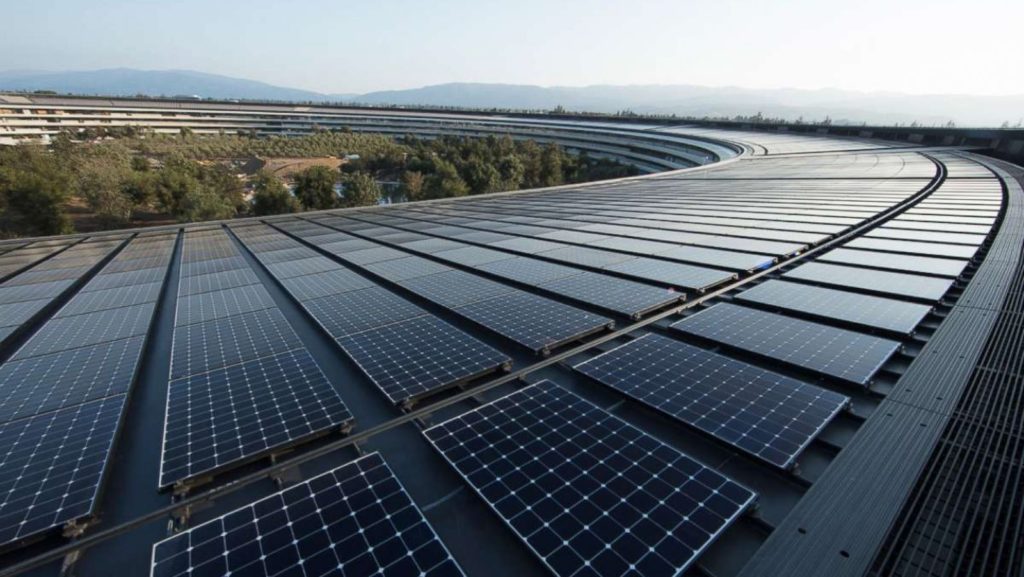
Sources:
https://www.youtube.com/watch?v=JdBYVNuky1M&t=2879s
https://www.apple.com/pl/newsroom/2021/04/apple-introduces-airtag/

